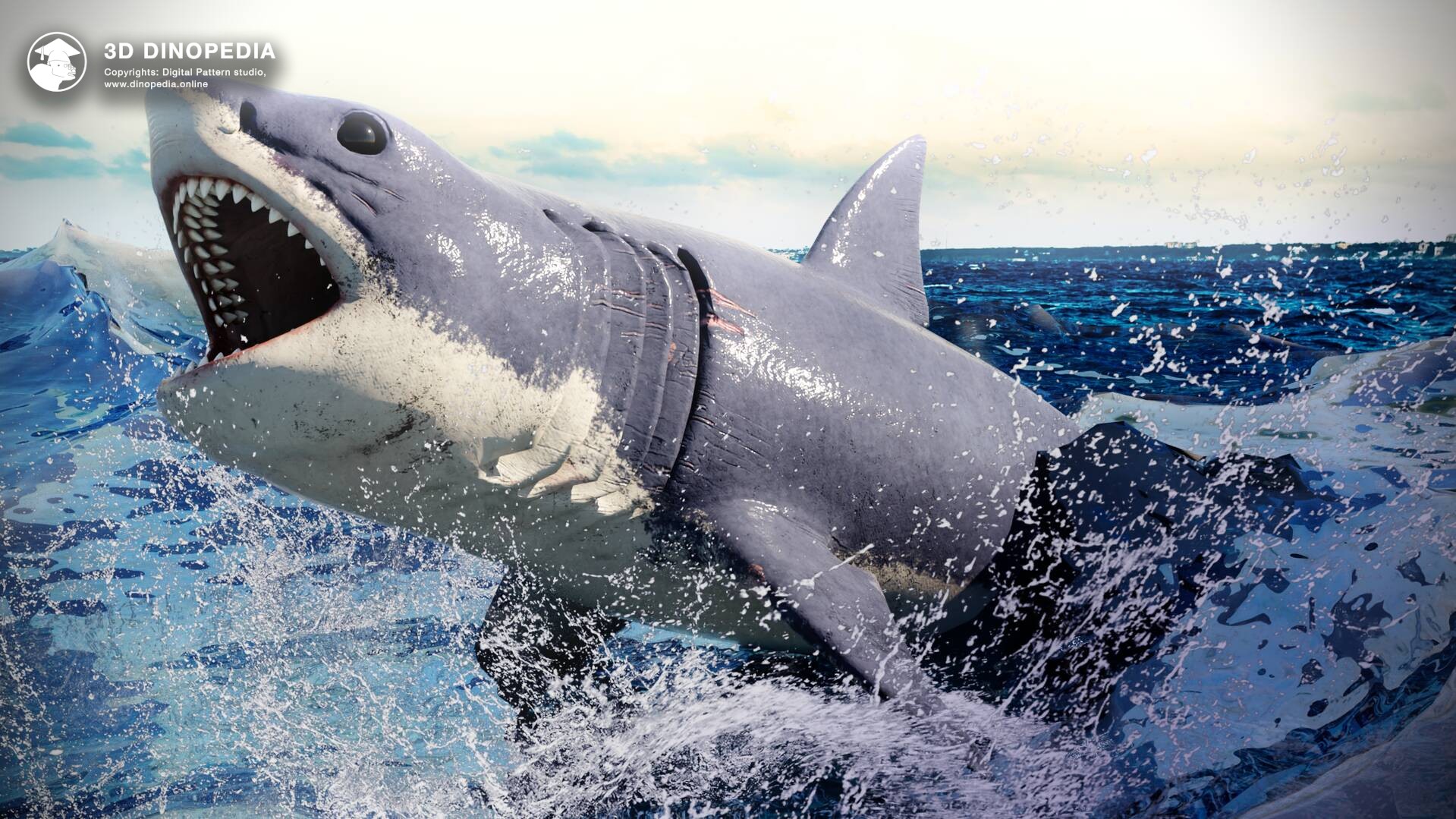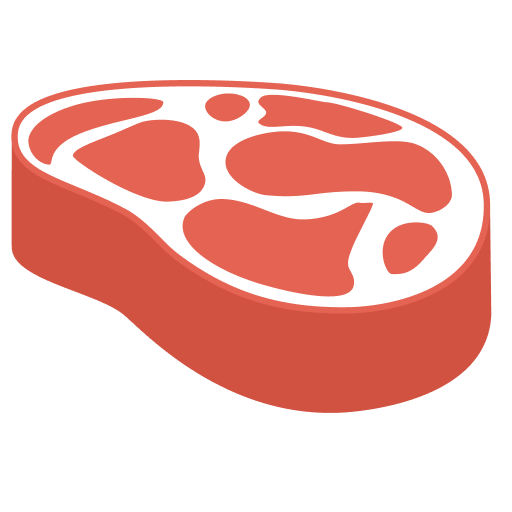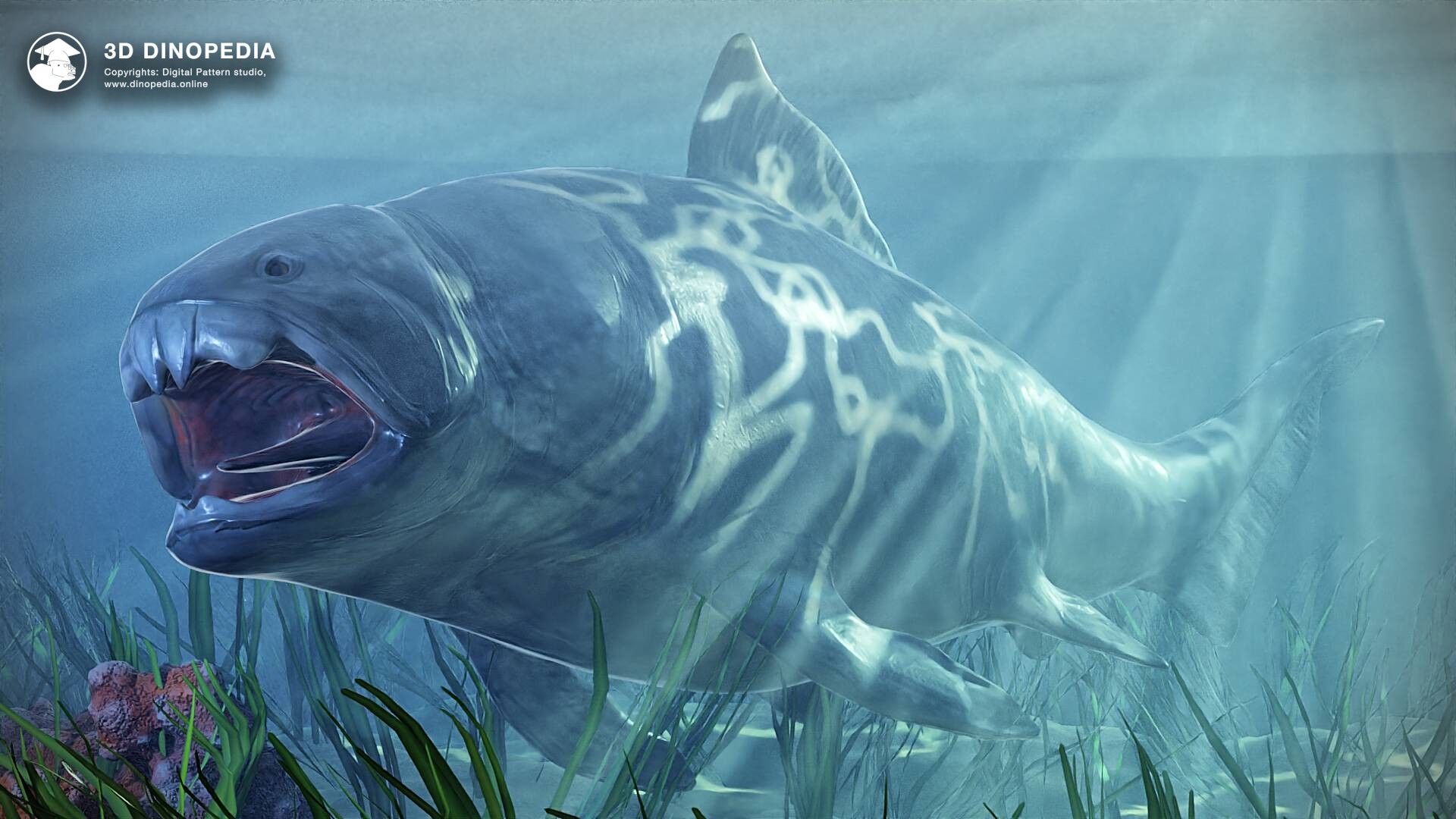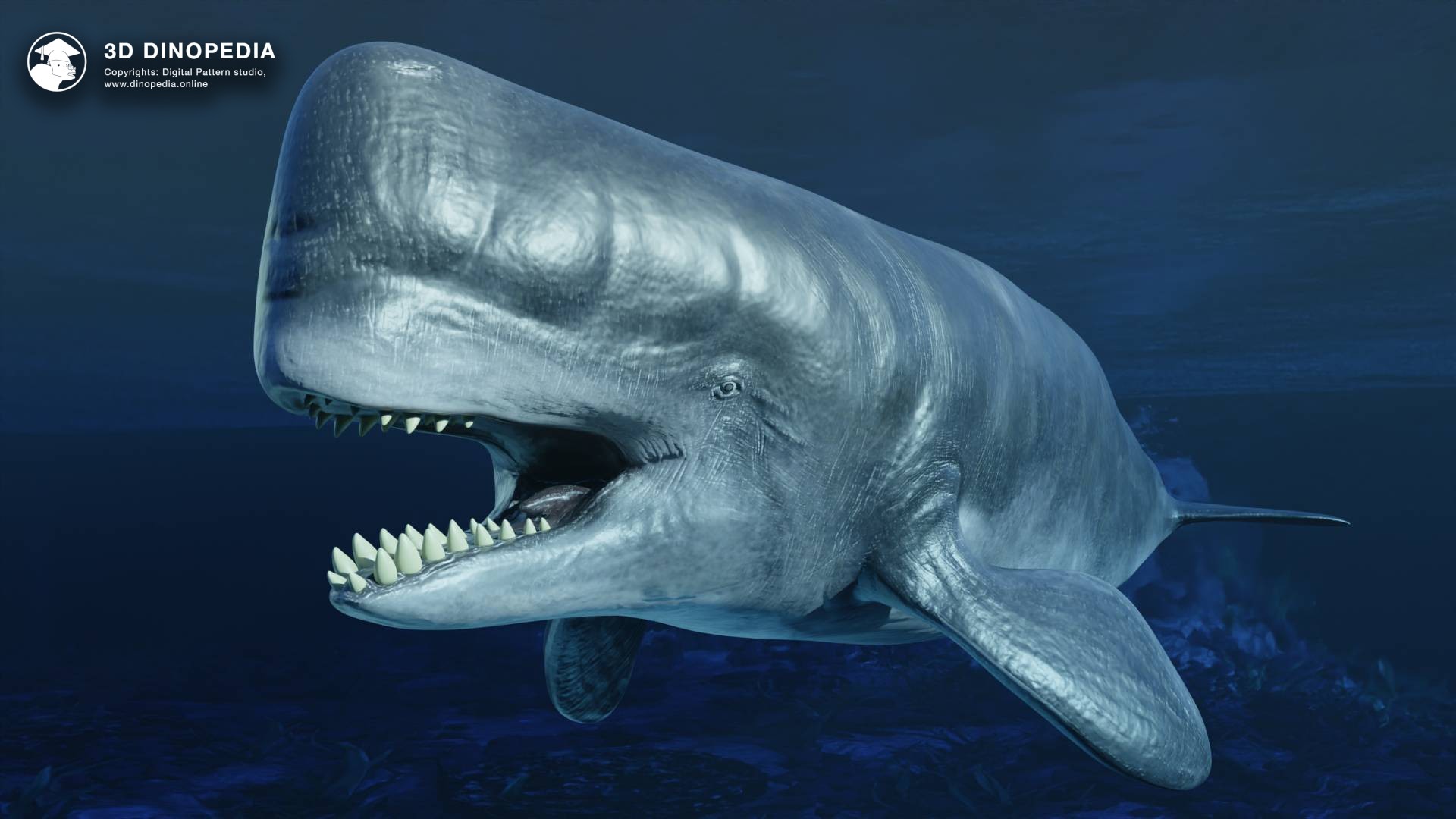Giant Baby Megalodons
05.09.2023 12:59
2554 views

Megalodons (Otodus megalodon) are rightfully considered some of the largest fish to have ever inhabited Earth. Their length could reach 16-17 meters, but accurately measuring the size of these ancient sharks is rather challenging. The issue lies in the fact that sharks are cartilaginous fish, meaning their skeletons are made of cartilage. Cartilage is poorly preserved in fossilized form, so only teeth and scales usually remain from most sharks. Megalodons are no exception. Although there are some peculiarities—the scales of the giant are difficult to distinguish from those of other sharks, and therefore have not yet been reliably identified or studied. However, vertebrae from megalodons are sometimes preserved, and in Belgium, a part of the vertebral column was even discovered. These sharks lived during the Neogene period, 23-4 million years ago.
Until recently, we knew nothing about the appearance and growth of newborn megalodons. But thanks to a 2021 study by paleontologist Professor Kenshu Shimada and his team, it was found that megalodons developed their offspring in the womb, and the little megalodons were an impressive two meters long at birth. A single vertebra helped to unveil the mysteries of the "baby megalodons."
Professor K. Shimada employed computerized tomography to analyze a rare fossilized megalodon vertebra housed in the collection of the Royal Belgian Institute of Natural Sciences in Brussels. This vertebra, with a width of 15 cm, presumably belonged to a megalodon about 9 meters long. It turned out that the "growth rings"—lines that increase each year of the animal's life—were well-preserved in the vertebra. Like the rings inside a tree, these structures allow us to determine the animal's age. It turned out that the shark was 46 years old at the time of its death. The shark grew at a constant rate of about 16 cm per year. According to measurements, the average lifespan of a megalodon was 88-100 years.
Furthermore, this study allowed researchers to establish the size of a "newborn" megalodon. By looking at the smallest disk in the center of the vertebra around which the annual rings began to grow, the scientists effectively "saw" the vertebra of a newborn. And knowing the size of the vertebra allows one to calculate the length of the shark (this method was also used to calculate the length of an adult megalodon). As it turned out, the "baby" was 2.5 meters long.
Previously, Professor Shimada had estimated a similar length of 2-2.5 meters for the smallest megalodons, based on the tiniest teeth. The data matched!
Now that the size of the newborn "shark pup" is known, questions arise about how the offspring was actually born. Sharks can either lay eggs or give birth to live young. Imagining an egg larger than 1 meter is extremely difficult. Such an "egg" is unknown for any modern or fossilized animal. Most sharks practice ovoviviparity, in which fertilized eggs develop inside the mother's body and are born as fully formed fry. Megalodon likely developed in the same way.
In some species, after the shark pups "hatch" but are still inside the mother's womb, they begin to feed on unhatched eggs and less fortunate siblings. As a result, only the largest and strongest individuals survive. This is known as intrauterine cannibalism. Megalodons were likely such cannibals as well. Even a 17-meter-long megalodon mother could not give birth to a large number of 2.5-meter-long offspring. This means there were not many "baby megalodons." Apparently, only the largest and strongest were born, while the rest were consumed even before birth.
This research sheds light on new unknown aspects of the lives of ancient ocean dwellers. Perhaps in the near future, we will make even more discoveries related to the monstrous shark of the Neogene era.
The results of this scientific work are published in the journal Historical Biology.
Shimada, K., Bonnan, M. F., Becker, M. A., & Griffiths, M. L. (2021). Ontogenetic growth pattern of the extinct megatooth shark Otodus megalodon—implications for its reproductive biology, development, and life expectancy. Historical Biology, 33(12).
Discussions








{{ count }} comments
You must login to write a comment